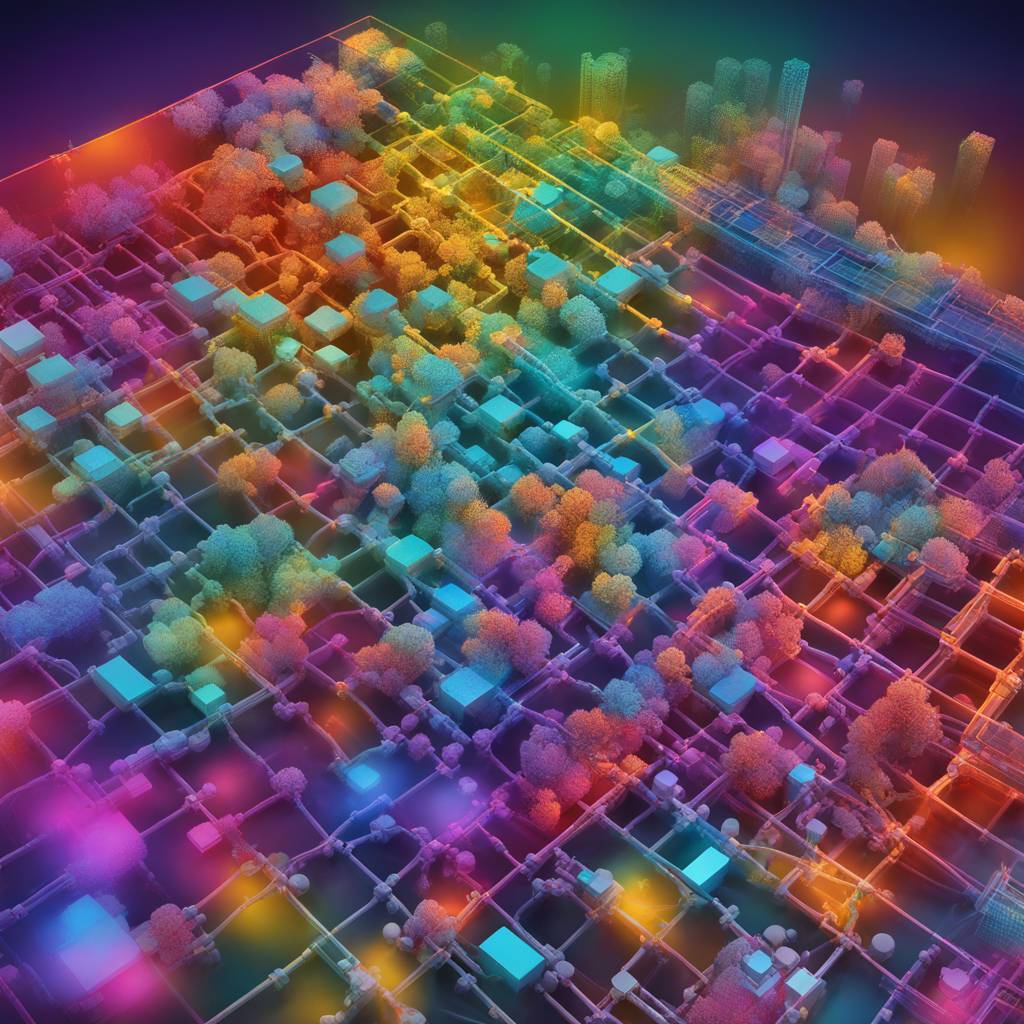The concept of entropy, which measures disorder and irreversibility in molecular systems, has been a central pillar in thermodynamics for centuries. Researchers at Chalmers University of Technology and Heinrich Heine University Düsseldorf have developed a computational model to shed new light on how entropy is produced in laser-excited materials on very short timescales. This breakthrough opens up new research opportunities in understanding how materials function on the nanoscale.
Entropy is a fundamental concept in thermodynamics that is essential for understanding how systems evolve towards maximum disorder. While entropy cannot be measured directly, the computational model developed by researchers provides insight into how entropy production occurs in devices that are turned on and off or used to transfer information. By minimizing entropy production, researchers can potentially avoid information loss and improve the efficiency of various technologies.
The researchers found that phonons, which are lattice vibrations in crystalline materials, can produce entropy in a similar way to bacteria in water. Phonons behave as quasiparticles in crystals and can be manipulated to understand and change the properties of laser-excited materials. This discovery opens up new possibilities for manipulating the properties of crystalline materials used in technologies like semiconductors and magnetic storage spaces.
By understanding how entropy is produced in laser-excited crystalline materials, researchers can gain new perspectives on how ultrafast materials function. The computational model developed by the researchers can also be applied to other types of material excitations, leading to potential advancements in tailoring future technologies and uncovering new scientific findings. This research highlights the importance of understanding entropy production in materials to improve their properties and efficiency in various applications.













